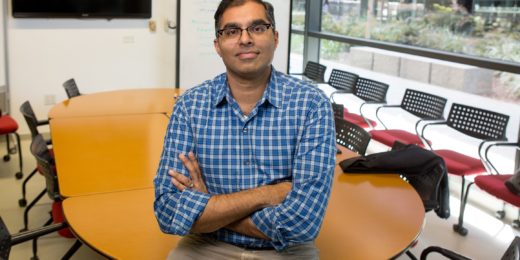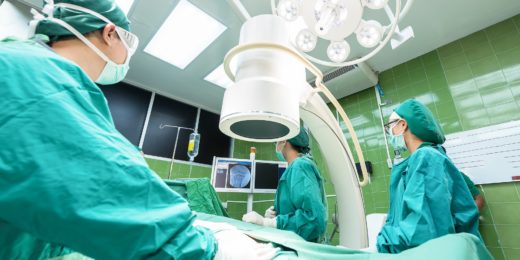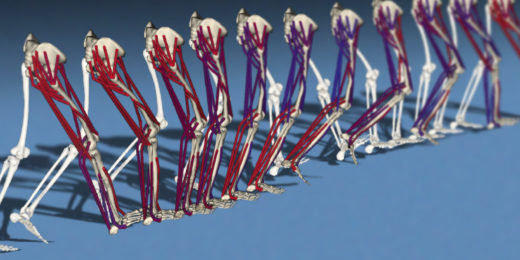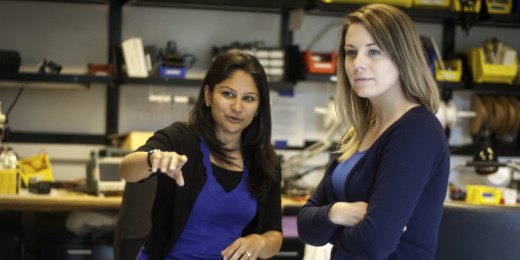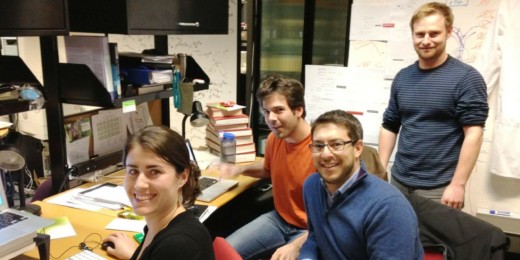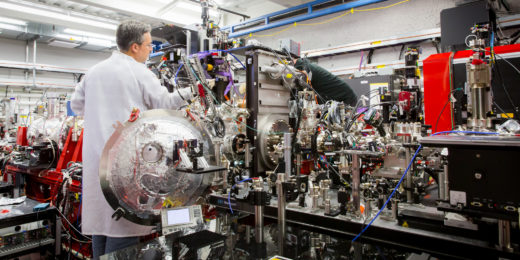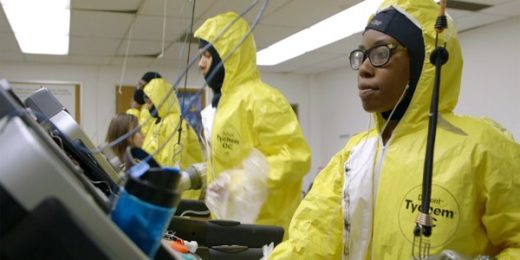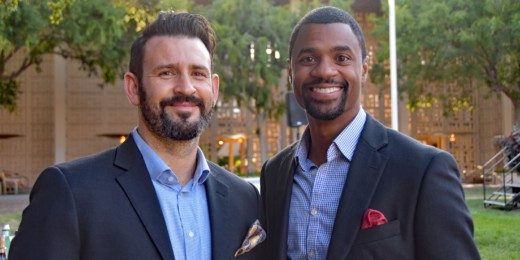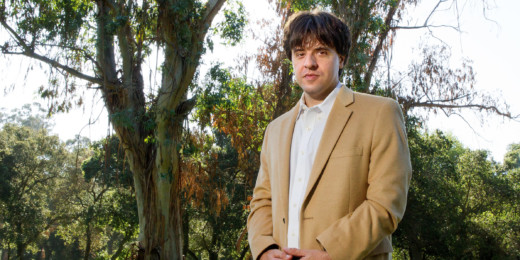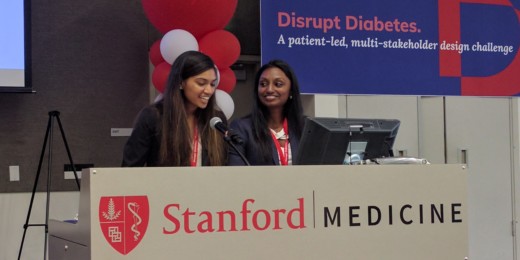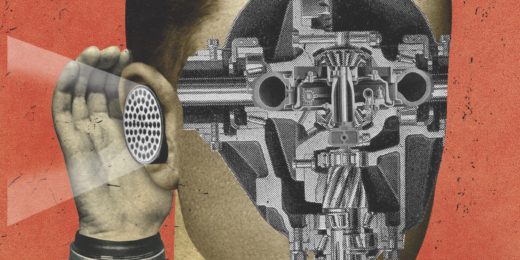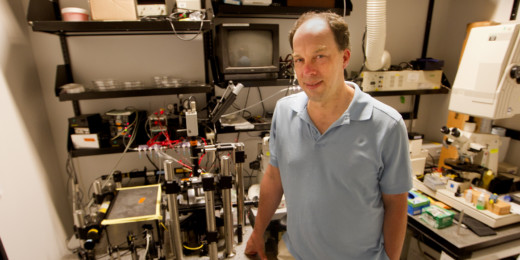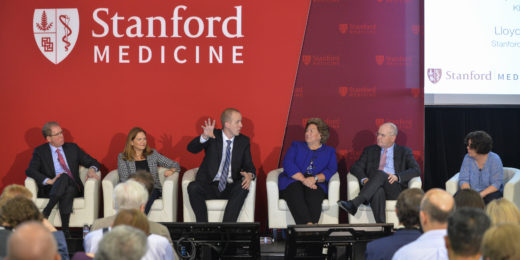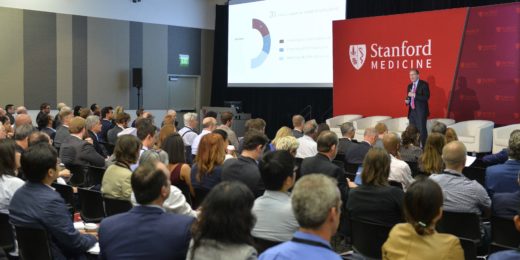A former Stanford biodesign innovation fellow describes how he and colleagues came to develop an inexpensive and simple tool to diagnose arrhythmias.
Category: Innovation & Technology
Virtual reality helps train emergency physicians
Stanford uses virtual reality to train emergency physicians, including on how to manage constant interruptions during a patient exam.
What happens when you take a bunch of medications? A new algorithm could help doctors figure it out
Testing the side effects of every drug combination is impractical, but Stanford researchers think they have a better way: artificial intelligence.
Virtual athletes compete to take on a medical challenge
Stanford researchers are hosting an online competition featuring virtual athletes. Their goal: help people learn to walk and run after losing a limb.
Biodesign fellows develop and test solution for enlarged prostate
A group of biodesign fellows developed a potential treatment for benign prostatic hyperplasia, an age-related condition that affects many men.
Biodesign fellows tackle preventable pneumonia
A look back at how a team of biodesign fellows developed a potentially life-saving device to treat patients with ventilator-associated pneumonia.
Molecular movie observes key biological process — in a trillionth of a second
Researchers have made a molecular movie showing how retinal changes shape when hit by light. Retinal is critical to vision and many other light-driven processes.
Working to keep people cool and safe in personal protective gear
A system that circulates cold water may be the key to improving protective suits for infectious disease responses, firefighting and more.
Biodesign fellows make wearing hard contact lenses easy
When a team of biodesign fellows encountered a large population of patients who suffered from contact lens-induced dry eye, they set out to fix the problem.
Stanford psychiatrist, engineer and neuroscientist Karl Deisseroth wins 2018 Kyoto Prize
Stanford's Karl Deisseroth has won the 2018 Kyoto Prize in applied technology for his invention and application of optogenetics.
Disrupt Diabetes draws patients into innovation process
A design challenge called Disrupt Diabetes was created and spearheaded by two Stanford seniors — best friends and aspiring doctors who felt that innovations for people with diabetes should bubble up from patients’ daily experiences and priorities.
Biodesign showcases student health technology projects
Stanford Biodesign students showcased their projects at a recent event on campus. Winning projects include a test to screen blood donations for hepatitis B and a treatment that can reduce ankle swelling.
A look at intelligent listening technologies from Stanford Medicine
Researchers are using AI listening technologies to improve mental-health, diagnose autism and discover adverse drug reactions.
Blood test for pregnant women predicts premature birth, says Stanford-led research
A Stanford-led research team has developed a simple blood test for pregnant women that shows, with 75-80 percent accuracy, which pregnancies will end in premature birth.
Realizing the clinical potential of electronic health records
Stanford Medicine's Electronic Health Records National Symposium touched on improving inefficiencies of EHRs, harnessing data for population health management, building on successes and overcoming obstacles.
Poll: Doctors say electronic health records need overhaul
A majority of primary care doctors report frustration with how electronic health records have affected their relationships with patients and with the amount of time required by the systems, according to a Stanford poll commissioned from The Harris Poll. However, many also say EHRs have led to improved patient care.


